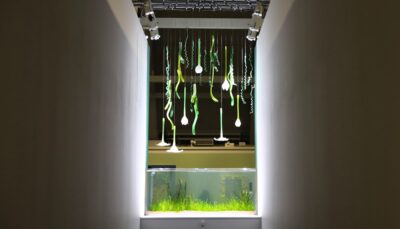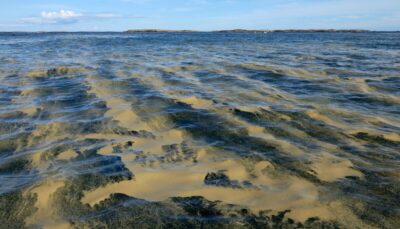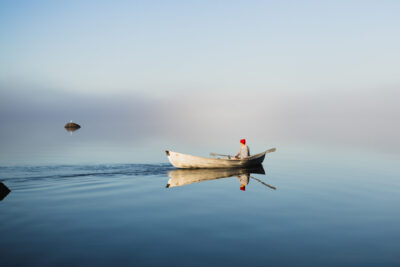HELCOM: The state of the Baltic Sea remains Worrying – the sea needs our help
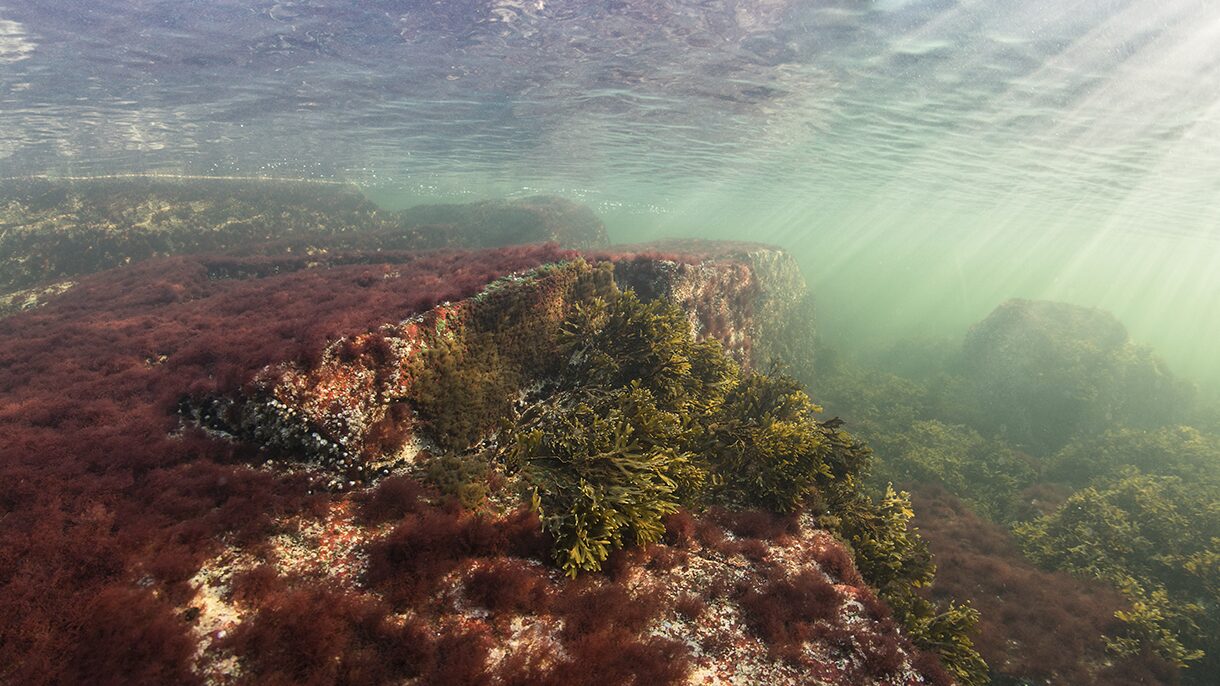
How is the Baltic Sea doing, and what is to be expected in the future? HELCOM (the Baltic Marine Environment Protection Commission) published its third holistic assessment of the Baltic Sea, called HOLAS, in October 2023. The assessment examines the state of the ecosystem health of the Baltic Sea between 2016-2021.
As the name suggests, HOLAS is a comprehensive, holistic assessment of the state of the Baltic Sea. It assesses the total impacts on the sea focusing on five thematic areas: biodiversity, eutrophication, hazardous substances, economic and social analyses, as well as spatial analyses of pressures and impacts.
The message of the assessment does not give us much to celebrate: the assessment shows only little or no improvement in the state of the sea. The assessment is done using almost 60 different indicators that show the pressures on the sea and the state of its biodiversity. All three assessed categories of pressures on the sea – eutrophication, hazardous substances, and commercial fishing – are on an unsustainable level or have not decreased enough.
The major challenge of eutrophication
Eutrophication remains a major problem for the ecosystems and the services they provide in the Baltic Sea region.
Lotta Ruokanen, Professional Secretary at HELCOM, notes that although the nutrient inputs have decreased significantly, the status of the sea is mostly below the good environmental status threshold. However, noteworthy and somewhat positive is that only 1,3 percent of the sea area is in the worst category, bad status.
Ruokanen also points out that in terms of water transparency, oxygen debt, shallow water oxygen, and state of the soft-bottom macrofauna community, the status is good in the Bothnian Sea, Bothnian Bay and Kattegat.
There are multiple reasons why good status in different categories has not been achieved: i.e. changes in ecosystems may happen with a time lag, “new” challenges such as climate change arise, and some measures have yet to be implemented while some might be insufficient.
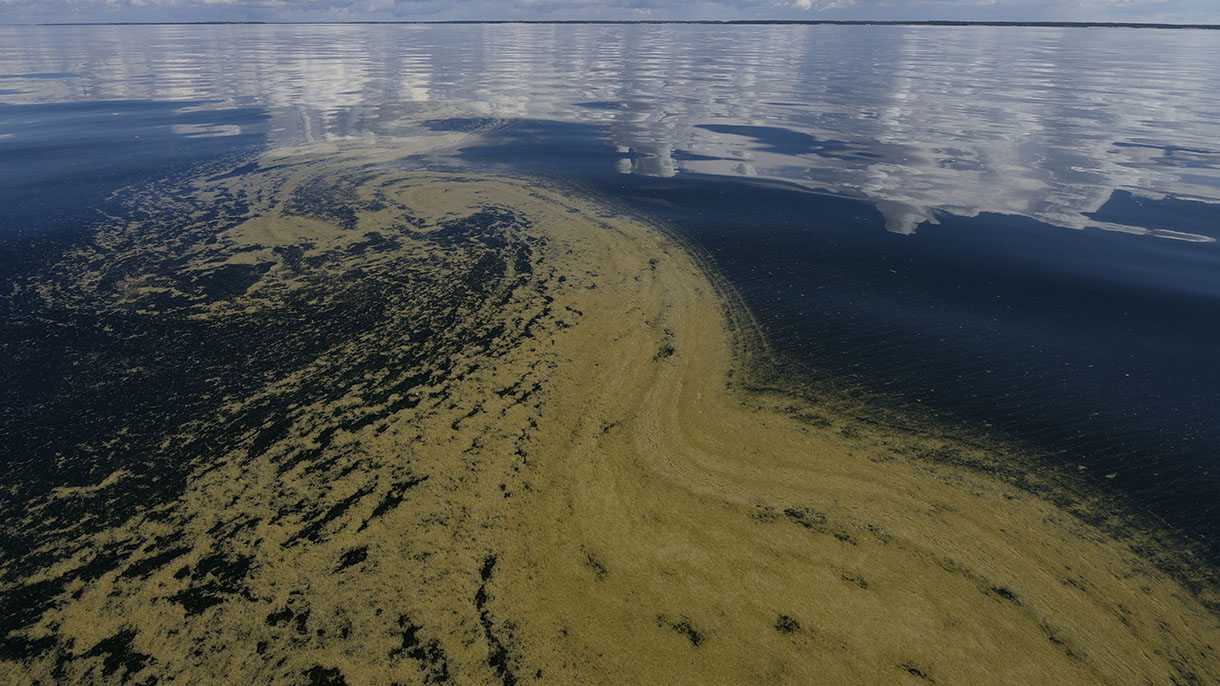
The importance of assessing the state of the Baltic Sea
HOLAS provides necessary information for those protecting the sea. For example, John Nurminen Foundation bases its work on the best available scientific information to save the Baltic Sea most effectively. Thus, information on how different measures and actions are working is critical.
Ulla Rosenström, the Director of Marine Environment at John Nurminen Foundation, says that HOLAS3 shows both that where agreed protection measures were implemented they have in fact been effective and that the work needs to be continued. We can also identify the areas that need special attention.
Rosenström notes that along with assessing the state of the environment, following the past and future trends is important. Solely knowing the present state does not tell us whether protection measures are optimal.
The high cost of inaction
The sea knows no boundaries, so concerted action is needed between Baltic Sea states as well as the European Union. It is key to consider societal, economic, and ecological connections as the three are in fact interconnected.
Rüdiger Strempel, the Executive Secretary of HELCOM, points out a striking figure in the assessment: “The poor environmental status of the Baltic Sea has been shown to impact a wide range of ecosystem services on which we depend. The cost of inaction is therefore high.”
The estimated yearly worth of achieving good environmental status (GES) in national marine waters by 2040 is 5.6 billion euros for the people around the Baltic Sea.
To reach a good environmental status, transformative change is needed in all marine-related societal and economic sectors. Well-informed public decision making is crucial en route to change.
The change requires a shared knowledge and understanding of the status of the sea and the objectives of actions to improve the status. According to Strempel, only a shared understanding can lead to targeted and effective measures as duplication of efforts can be avoided and efficiency maximized.
The necessary but challenging indicators
According to Rosenström, it is vital to look at the multiple pressures that can affect the same ecosystem. If they are viewed separately, the combined effects might go unnoticed.
While using different indicators of the effects is important in assessing the environmental status, combining them into an index can be challenging, as the combined indicators might change in opposite directions. When publishing results, it is crucial to explain how the different indicators work – particularly to support well-informed decision making.
“For example, the heaviness of nutrient load might not go hand in hand with the state of some species”, Rosenström specifies.
Ruokanen likewise explains that the HOLAS assessment is done on the most integrated level: e.g. it combines all eutrophication indicators. Considered separately, the indicators of nutrient levels, direct effects and indirect effects show more variety in their results.
Climate change requires attention
According to Ruokanen, climate change is something that needs a lot of attention. What’s notable is that climate change mitigation and marine protection often support each other.
“There are signs of combined efforts and synergies in policies on e.g. simultaneous climate change mitigation, adaptation and improving the biodiversity status”, says Ruokanen.
So, as the new year progresses, further work on saving the Baltic Sea is needed. While “new” pressures, such as climate change, make the protection work as pressing as always, it is not too late to save the sea.
What is HOLAS?
The Baltic Sea countries have agreed on a strategic programme called Baltic Sea Action Plan (BSAP) – adopted first in 2007 and updated in 2021. Aligned with the UN Sustainable Development Goals, and the EU Marine Strategy Framework Directive, the aim of the BSAP is to achieve a good environmental status of the Baltic Sea. The progress is followed up with HOLAS to review how the taken measures and actions are working.
Hundreds of experts from various fields contribute to the assessments done roughly every six years. The HOLAS 3 report was published in its totality in October 2023.

